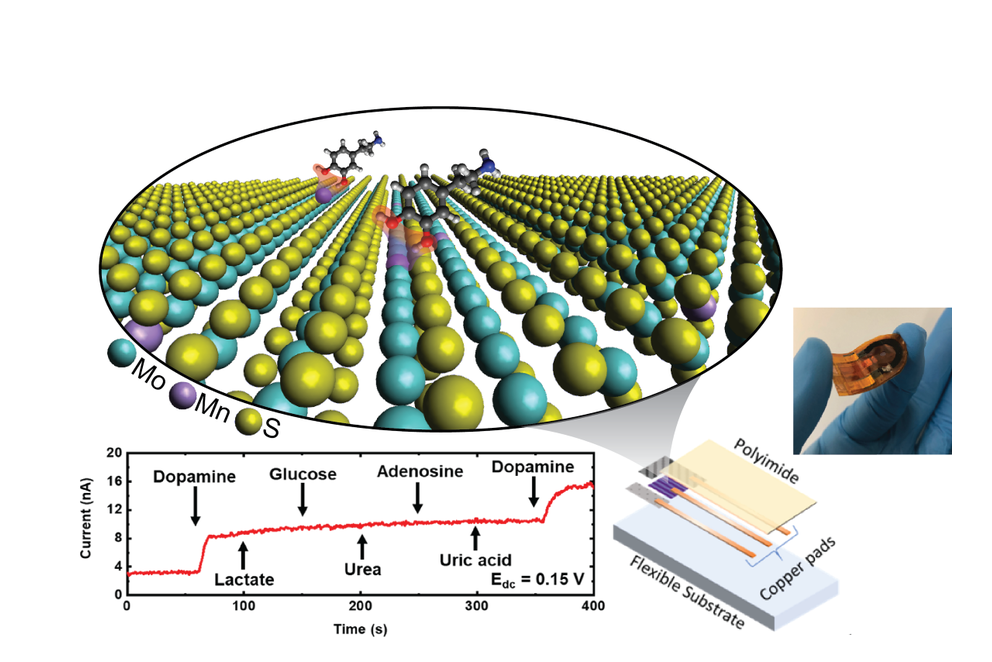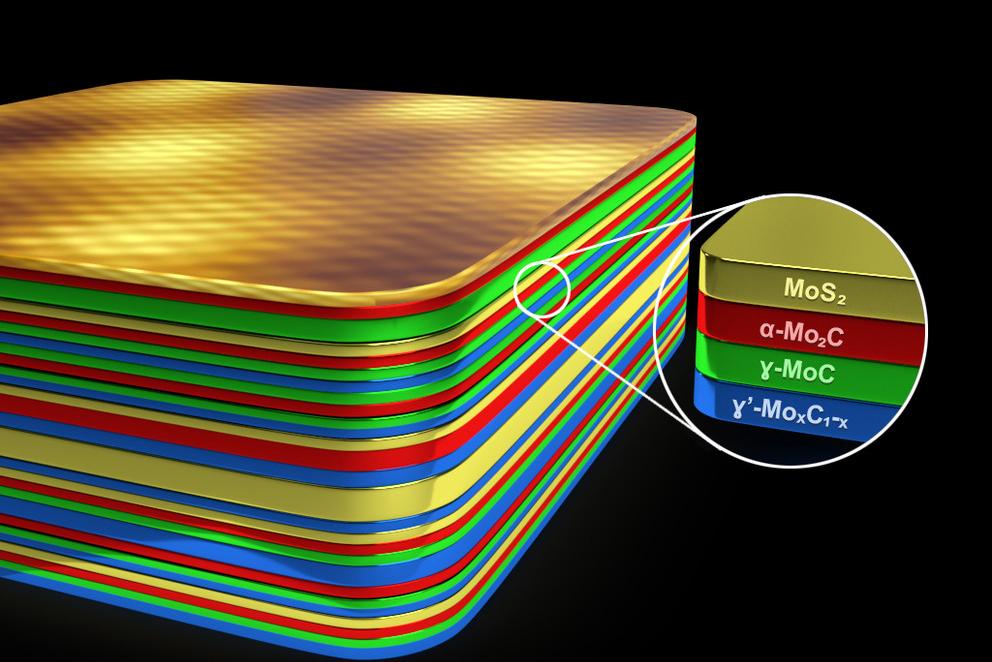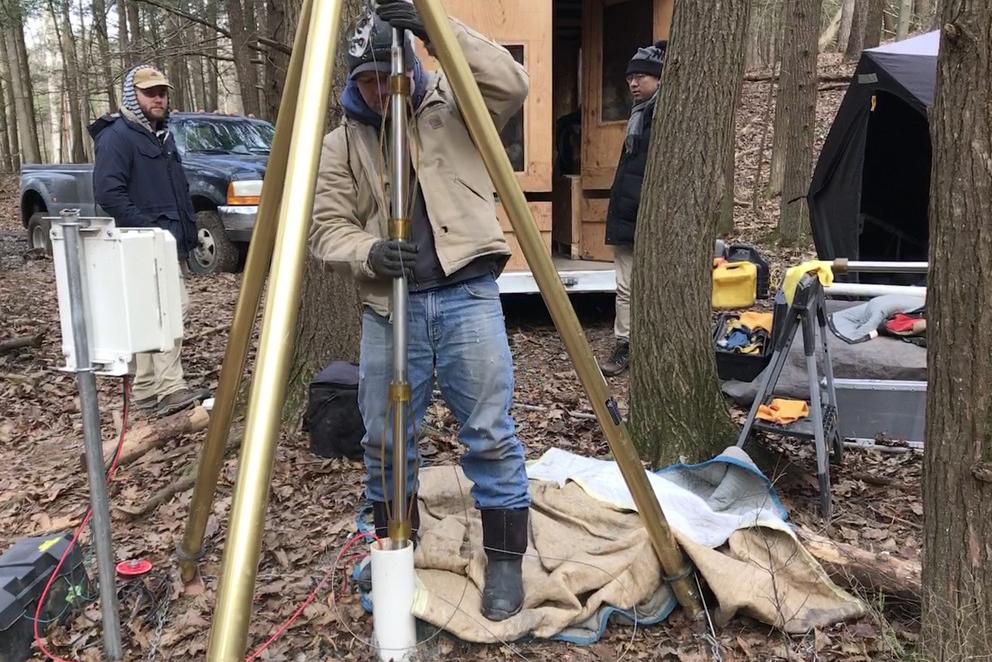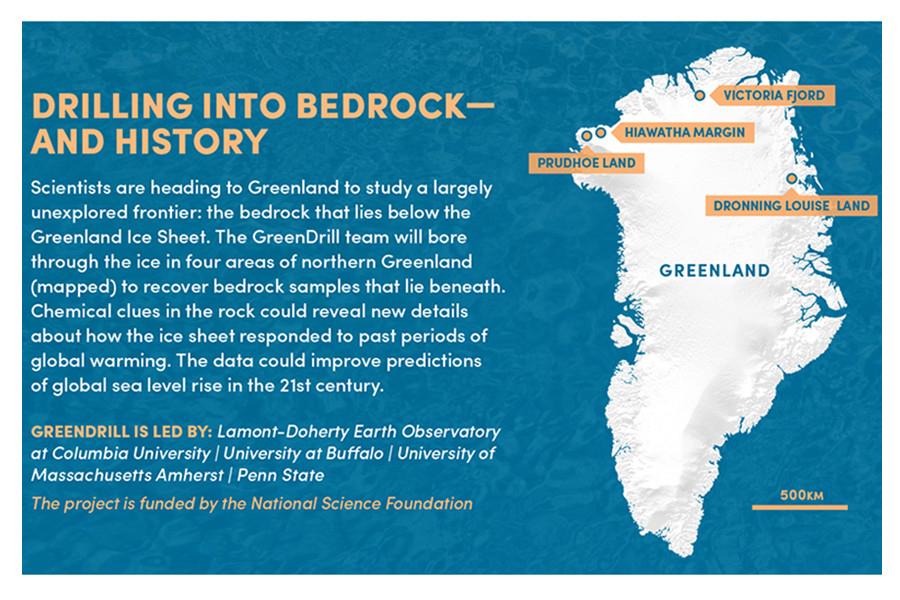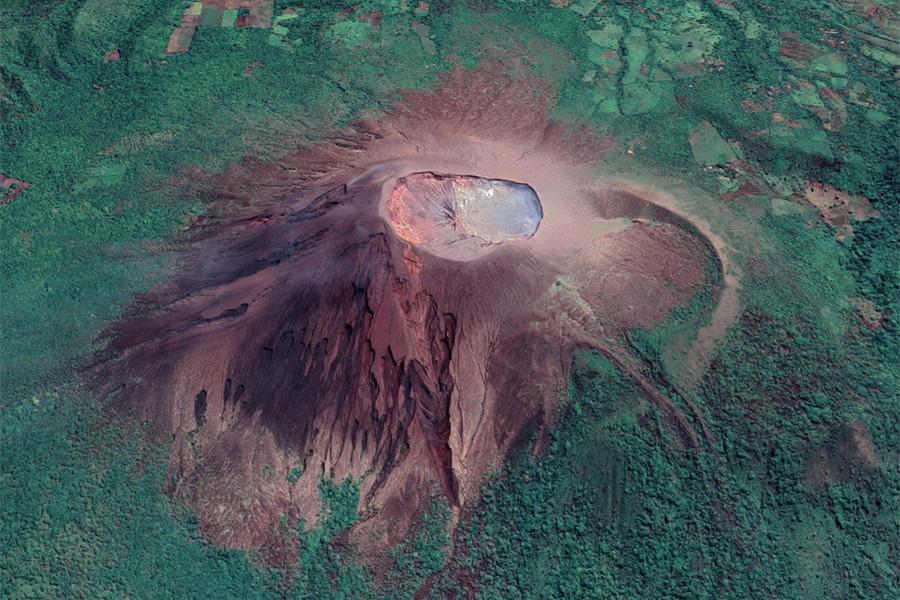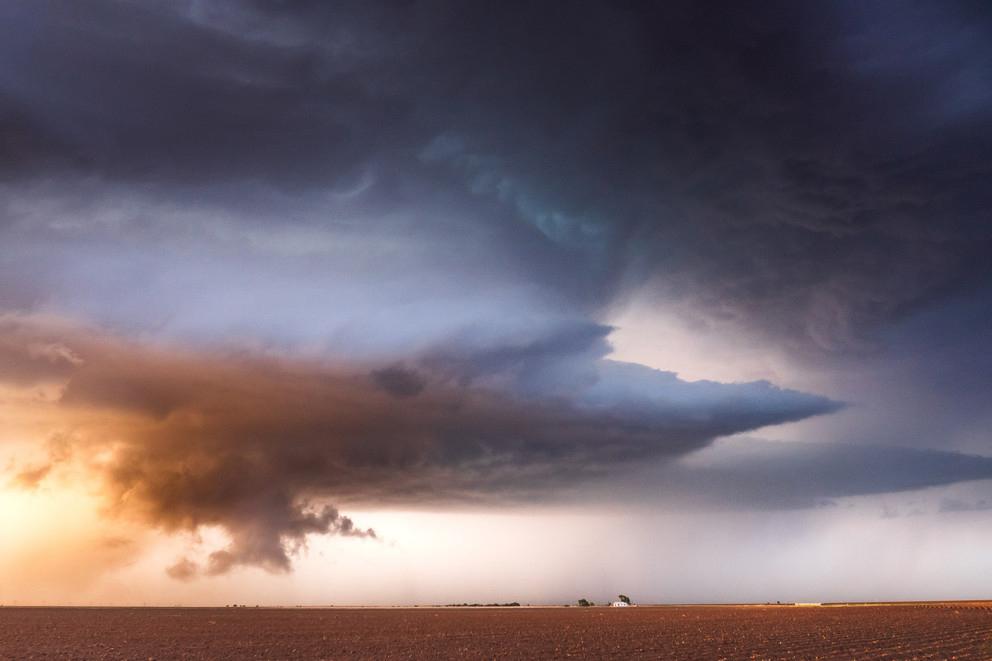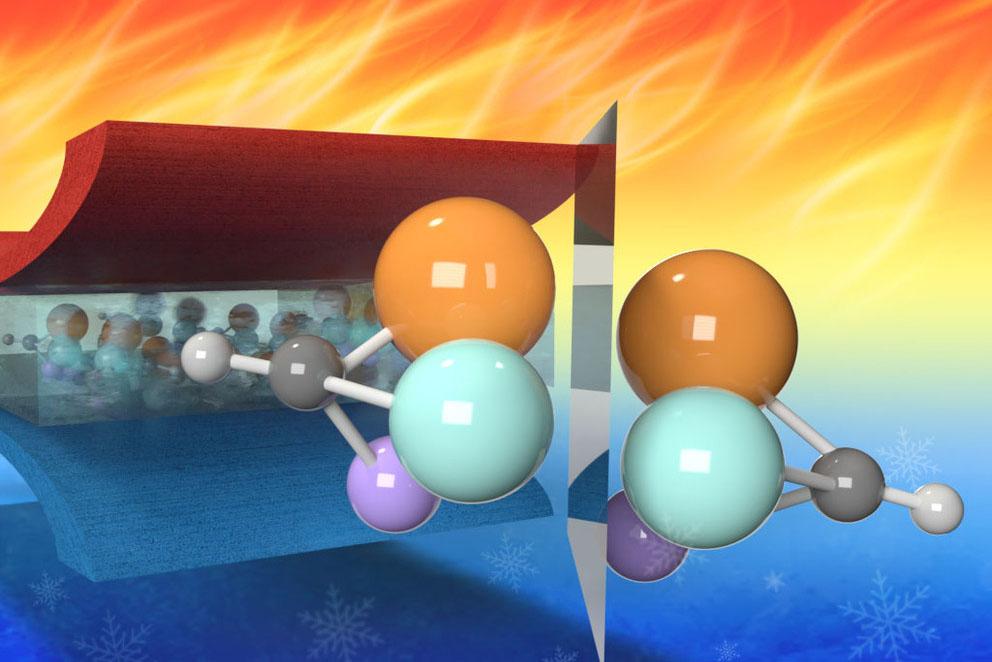Read the latest news about research conducted by investigators in the College of Earth and Mineral Sciences. Our faculty and students are continually advancing technology, creating solutions and expanding knowledge with new and innovative research.
News
Nita Bharti, Lloyd Huck Early Career Professor and assistant professor of biology at Penn State, and her collaborator Anthony Robinson, associate professor of geography at Penn State, have been awarded seed funding from the Huck Institutes of the Life Sciences at Penn State to study how monitoring the movement of people can potentially be used as a predictor or early indicator of COVID-19 transmission and guide health policy decisions.
The Department of Defense’s Defense Threat Reduction Agency (DTRA) has awarded a combined total of $51.1 million to two university research alliances to counter threats of destruction, with a specific focus on improving current and developing future warfighter technology.
A supersensitive dopamine detector can help in the early diagnosis of several disorders that result in too much or too little dopamine, according to a group led by Penn State and including Rensselaer Polytechnic Institute and universities in China and Japan.
A new way to treat acid mine drainage (AMD) could help transform the environmental pollution problem into an important domestic source of the critical rare earth elements needed to produce technology ranging from smart phones to fighter jets, according to Penn State scientists.
The possibility of achieving room temperature superconductivity took a tiny step forward with a recent discovery by a team of Penn State physicists and materials scientists.
Chemical reactions deep below ground affect water quality, but methods for “seeing” them are time-consuming, expensive and limited in scope. A Penn State-led research team found that seismic waves can help to identify these reactions under an entire watershed and protect groundwater resources.
The Greenland Ice Sheet holds enough water to raise sea levels nearly 24 feet, yet it remains difficult to predict the rate of melt and possible tipping points in the stability of the ice sheet.
The shape of volcanoes and their craters provide critical information on their formation and eruptive history. Techniques applied to photographs — photogrammetry — show promise and utility in correlating shape change to volcanic background and eruption activity.
A radar signature may help distinguish which severe storms are likely to produce dangerous tornadoes, potentially leading to more accurate warnings, according to scientists.
A new fundamental understanding of polymeric relaxor ferroelectric behavior could lead to advances in flexible electronics, actuators and transducers, energy storage, piezoelectric sensors and electrocaloric cooling, according to a team of researchers at Penn State and North Carolina State.





